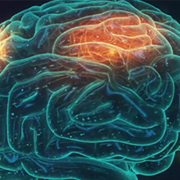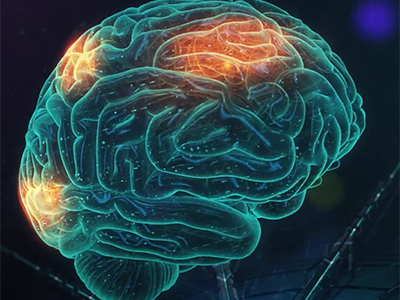
Catherine Bollard, M.D., M.B.Ch.B., and Patrick Hanley, Ph.D.
Children’s National Hospital has developed multi-antigen specific T cells that have shown success in pre-clinical models in attacking pediatric solid tumors. Now the promising area of research earned a major boost from the Cancer Grand Challenges — founded in 2020 by the two largest funders of cancer research in the world – Cancer Research UK and the National Cancer Institute in the U.S.
This award supported the foundation of NexTGen, a team of scientists and clinicians with expertise in immunology, proteomics, mathematics and more, across eight institutions in the U.S., U.K. and France. Catherine Bollard, M.B.Ch.B, M.D., director of the Center for Cancer and Immunology Research at Children’s National, and Martin Pule, M.D., clinical associate professor at the University College of London are the co-leads of this effort.
The NexTGen team is one of four Cancer Grand Challenges’ new teams, representing a total investment of $100M to diverse, global teams to take on some of the toughest challenges in cancer research. NexTGen will create a new approach that performs clinical and basic research together to facilitate real-time knowledge exchange from the lab to the clinic and back again.
While the more widely known CAR T-cells have made tremendous progress for patients with B-cell leukemias, lymphomas and other blood cancers, the CAR T-cell field has not made the same impact for adult and pediatric solid tumors.
“A tumor cell is very clever because it tries to hide from the immune system by deleting or down regulating targets that the T cell is directed towards,” said Dr. Bollard.
Dr. Bollard further discusses the importance of having patient voices during the decision-making process in this quest, her hopes for their program and the concept of the combining tumor antigen-specific T cells with CAR-T cells that her team will develop.
Q: Can you explain the NexTGen vision?
A: The overall vision is that we will have developed the next generation of cell therapies to cure children with refractory solid tumors by the end of the five years. It is important to move the field forward, so we wanted to be innovative in our approach to this grand challenge for these children who have no other therapeutic options left.
Q: What are the most three important components of this project?
A: First, science and diplomacy played a significant role in bringing in the right set of investigators from diverse scientific backgrounds. What started as a conversation using the universal language of science, it quickly became an international project to address this complex issue. Second, we worked very hard with our patient advocates during the writing process, and they will be working side by side with the investigators at the bench and clinic. Third, we were the only group to have clinical trials in our proposal starting very early in the grant funding period, which is unprecedented.
Q: Can you describe NexTGen’s research model?
A: From our experience in leukemia, we know that progress is greatly accelerated if discovery occurs hand-in-hand with clinical development. Therefore, unlike classical programs where years of pre-clinical discovery and developmental work is required before the clinical translation, we will take a non-conventional non sequential approach.
Specifically, in the NexTGen Program, clinical development will start early with three cutting-edge clinical studies evaluating engineered T-cell technologies that we have recently developed understanding that there are some questions that can ONLY be answered in the clinic. To that end, clinical and translational data from these clinical trials will be able to feed into and enrich the discovery and pre-clinical science throughout the NexTGen Program in a circular fashion to promote this research program that goes from bedside to bench and back.
Q: How is Children’s National leading the way?
A: Children’s National is leading one of the three clinical trials that combine our non-gene engineered tumor antigen-specific T-cell platform with gene engineered T cells to generate a novel T-cell therapy against relapsed /refractory solid tumors. Combining tumor antigen specific T cells with the CAR T-cell platform represents a novel concept that may have more potency against these hardest to treat tumors in children.
Q: Why is it so important to include the patient voice during the discussion and decision making?
A: Because we are also physicians and scientists, we do not forget the patient and their families. Thus, we have a robust patient advocacy group embedded in this vision. The group will co-develop summaries explaining the challenges NextGen will address, how this will be achieved and how results will be used, with major input in clinical trial design and consent documents as well as key input into how patient tissue samples can be used to facilitate research discoveries. The patient advocacy team will also help find broad representation from multiple geographical locations of advocates with lived experience of different cancer types, including bereaved relatives and cancer survivors. These and many more strategies applied with patient advocacy groups will elevate the call for a broader and accelerated adoption of CAR-T clinical trials to broaden access to all patients.
Q: What excites you most about this?
A: What excites me the most is working with this incredible group of scientists, physicians and patient advocates all with rich and deep expertise who bring together an extensive and diverse knowledge base. The fact that we will be all working together toward a common goal of curing pediatric solid tumors in the next five to 10 years is extraordinarily energizing. This sizeable international collaboration comprises the right talent to get this done. It is also highly exciting to simultaneously have three clinical trials running in parallel with the discovery science and the pre-clinical work. I am extremely optimistic that we will realize NexTGen’s vision to bring next generation engineered T-cell therapies to the routine care of children with solid tumors within a decade.
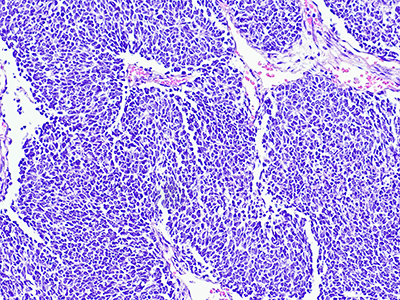


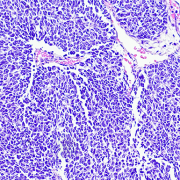
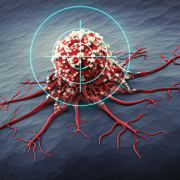
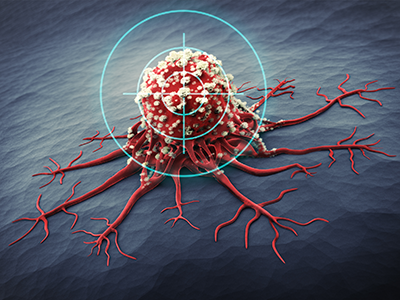
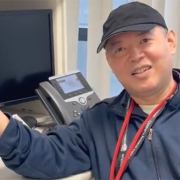
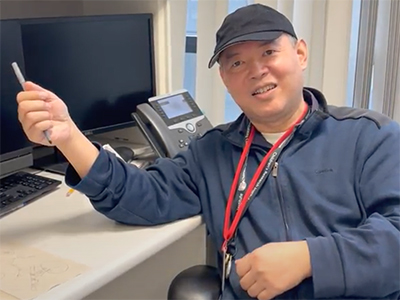
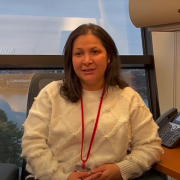
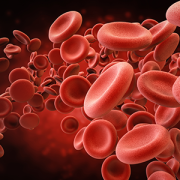
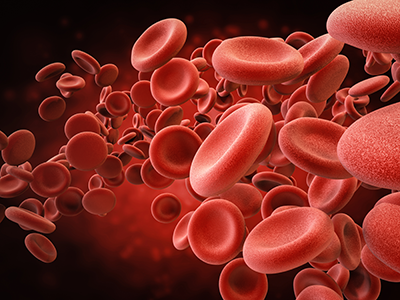

 A clinical trial testing a new drug to increase growth in children with short stature. The first ever high-intensity focused ultrasound procedure on a pediatric patient with neurofibromatosis. A low dose gene therapy vector that restores the ability of injured muscle fibers to repair. These were among the most popular articles we published on Innovation District in 2022. Read on for our full top 10 list.
A clinical trial testing a new drug to increase growth in children with short stature. The first ever high-intensity focused ultrasound procedure on a pediatric patient with neurofibromatosis. A low dose gene therapy vector that restores the ability of injured muscle fibers to repair. These were among the most popular articles we published on Innovation District in 2022. Read on for our full top 10 list.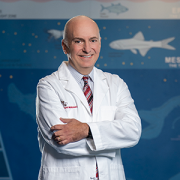
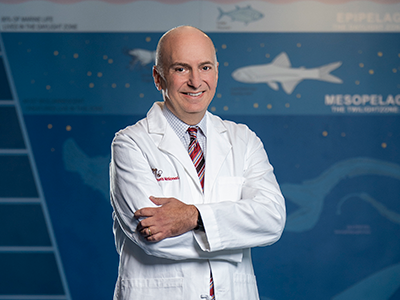
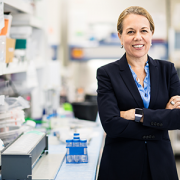




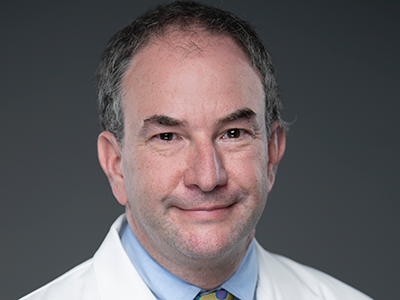
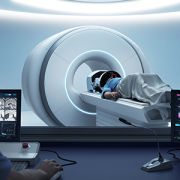
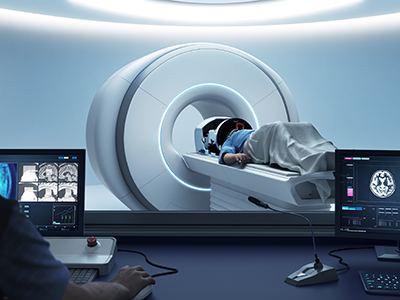
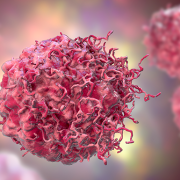
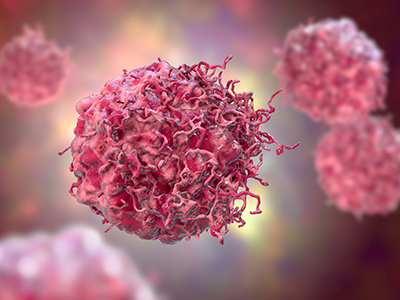
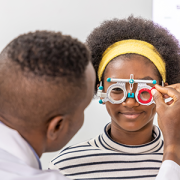
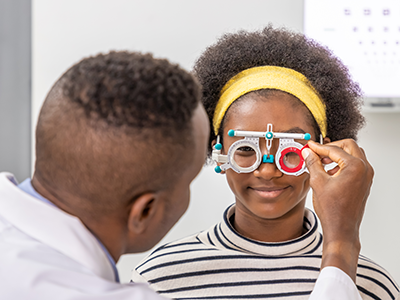 The Department of Defense Neurofibromatosis Research Program awarded Children’s National Hospital $2.7M to better understand a pediatric tumor as a blinding disease. The study design will specifically focus on targeting immune responses during the development of the tumor as a means to prevent or preserve vision before the tumor-associated irreversible neurological damage.
The Department of Defense Neurofibromatosis Research Program awarded Children’s National Hospital $2.7M to better understand a pediatric tumor as a blinding disease. The study design will specifically focus on targeting immune responses during the development of the tumor as a means to prevent or preserve vision before the tumor-associated irreversible neurological damage.



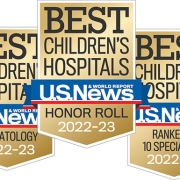
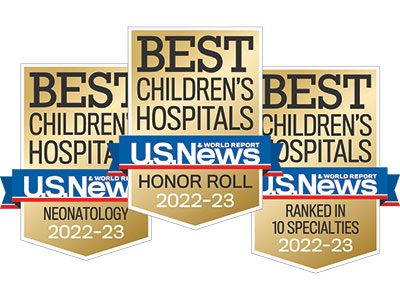 Children’s National Hospital in Washington, D.C., was ranked No. 5 nationally in the U.S. News & World Report 2022-23 Best Children’s Hospitals annual rankings. This marks the sixth straight year Children’s National has made the list, which ranks the top 10 children’s hospitals nationwide. In addition, its
Children’s National Hospital in Washington, D.C., was ranked No. 5 nationally in the U.S. News & World Report 2022-23 Best Children’s Hospitals annual rankings. This marks the sixth straight year Children’s National has made the list, which ranks the top 10 children’s hospitals nationwide. In addition, its 